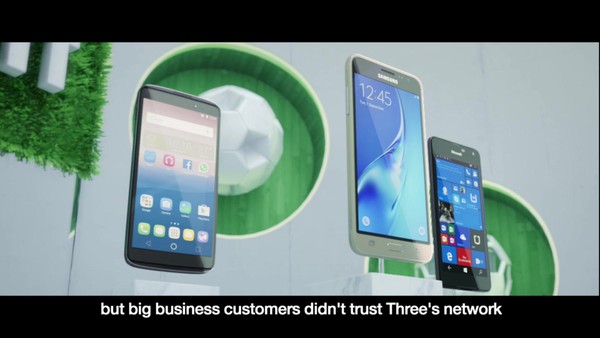Creative Effectiveness > Market
PROJECT UNDERSTOOD
FCB, Toronto / CANADIAN DOWN SYNDROME SOCIETY / 2022
Awards:
Overview
Credits
Overview
Summary of the work
Background:
People with Down syndrome are living longer today. As recently as 1983, the average lifespan of a person with Down syndrome was 25 years; today that average is 60 years 2(source), which means this will be the first generation to outlive their parents. For most, this means outliving their primary support system. People with Down syndrome typically struggle with short-term memory impairment 3(source), meaning they often need help with schedules, reminders, and directions. The community could benefit tremendously from voice technology, and as individuals with Down syndrome live longer, the urgency continues to grow.
Voice is the most rapidly adopted technology in history, with a 78% increase in usage from 2017 to 2018 4(source). It’s easy to see why when Voice is completely frictionless, has virtually no learning curve, and is deemed to be barrier-free. But the unfortunate reality is that this is far from true for those with atypical speech; voice AI only understands 1 in every 3 of their words 5(source). Even though the Down syndrome community arguably stands to benefit the most from voice technology - they are being left behind in today’s voice revolution.
Creative challenge:
Voice technology requires millions of data points (human voices) to perform optimally. Since its inception, the technology has relied primarily on samples of white males with standard speech patterns 6(source) and as a consequence, is less effective at understanding everyone else. For those with Down syndrome, the small size of their community means these AI systems are lacking the data they need to reliably understand them.
Solution:
Fact: Google’s Voice technology only understands 1 in 3 words from an individual with Down syndrome. (Jimmy Tobin, Engineer, Google AI)
Insight: Access to voice assistants could offer life-changing independence for the six million people living globally with Down syndrome 7(source).
Strategy:
Empower the community to play an active role in improving their lives, turning a limitation - atypical speech - into valuable data to build independent futures. By flipping the switch, and making individuals with Down syndrome into the experts, we are able to humanize a grossly misunderstood community.
The idea:
Introducing Project Understood, a campaign that turns people with Down syndrome into Google’s teachers, using their voices and voice data to train Google’s speech recognition model to understand them.
Execution:
Project Understood had two distinct phases:
Recruit members of the Down syndrome community to provide the required data points.
Change the public perception of the Down syndrome community— their right to live independently and not be left behind by life-changing voice technology.
The campaign launched during Canadian Down Syndrome Week (November 1-7), with two social videos shedding light on the inaccessibility of voice technology and the impact it would have on their lives not only today but in the future. The videos served as a recruitment tool, mobilizing the community to donate their voices to train Google.
More Entries from Creative Effectiveness for Good in Creative Effectiveness
24 items
More Entries from FCB
24 items







